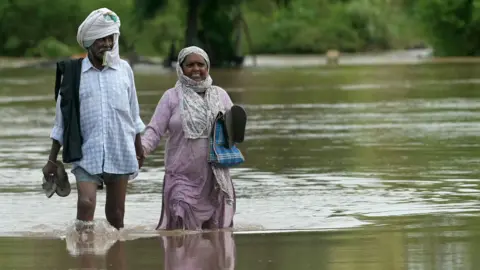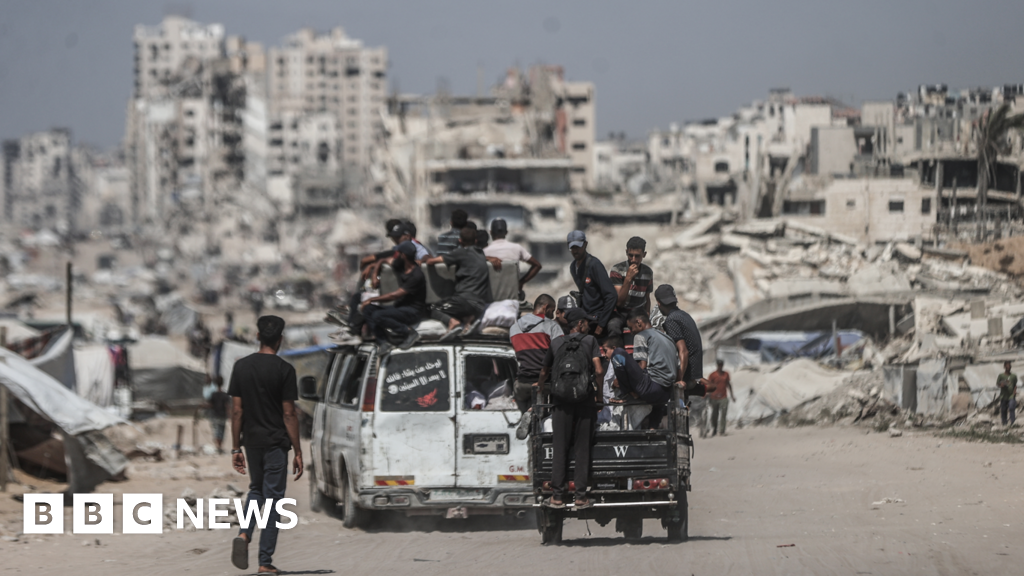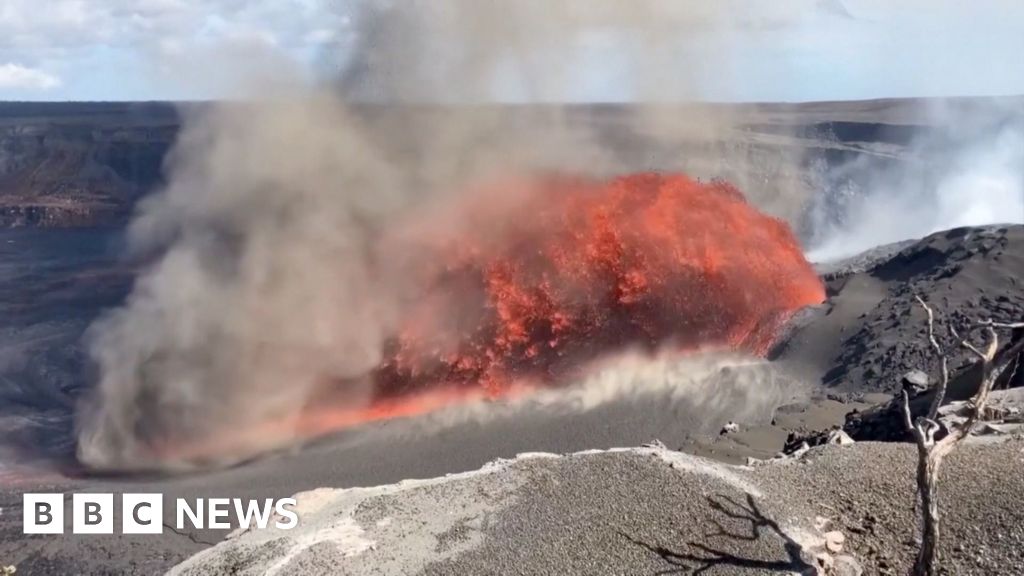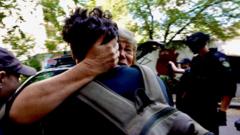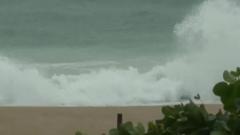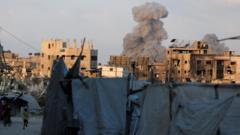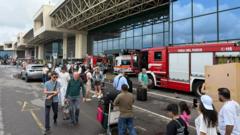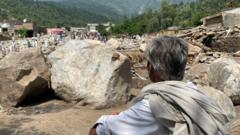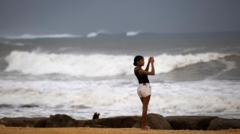Early Wednesday, a volcano near Reykjavik, Iceland, erupted for the 12th time in four years, raising minimal alarm as it presented no threats to local populations or infrastructure. According to Gisli Olafsson, secretary general of the Icelandic Red Cross, the eruption from the Sundhnukur Crater produced only small lava flows and clouds of smoke. The eruption began at approximately 3:56 a.m. local time and followed a series of earthquakes that had been shaking the area.
The Sundhnukur crater is located strategically between Grindavik, a fishing village located 25 miles southwest of Reykjavik, and the Blue Lagoon, a famed geothermal spa that attracts many international tourists. In advance of the eruption, local authorities took precautionary measures by evacuating both Grindavik and the Blue Lagoon, although it was unclear if the spa would close entirely, as had occurred following a previous eruption in April.
According to the Icelandic Meteorological Office, the fissure from the volcano extends about half a mile in length, with lava primarily flowing southeast, which safeguards any nearby infrastructures. Now, winds blowing toward the main international airport could disperse volcanic gas clouds, although as of 6:30 a.m., there was no immediate impact on flights at the airport located roughly 20 miles northwest of Grindavik.
Historically, Iceland experienced volcanic eruptions approximately every three to four years, but the recent years contrast with this trend, as evidenced by the occurrences at the Svartsengi volcanic system, which include the Sundhnukur crater.
The Sundhnukur crater is located strategically between Grindavik, a fishing village located 25 miles southwest of Reykjavik, and the Blue Lagoon, a famed geothermal spa that attracts many international tourists. In advance of the eruption, local authorities took precautionary measures by evacuating both Grindavik and the Blue Lagoon, although it was unclear if the spa would close entirely, as had occurred following a previous eruption in April.
According to the Icelandic Meteorological Office, the fissure from the volcano extends about half a mile in length, with lava primarily flowing southeast, which safeguards any nearby infrastructures. Now, winds blowing toward the main international airport could disperse volcanic gas clouds, although as of 6:30 a.m., there was no immediate impact on flights at the airport located roughly 20 miles northwest of Grindavik.
Historically, Iceland experienced volcanic eruptions approximately every three to four years, but the recent years contrast with this trend, as evidenced by the occurrences at the Svartsengi volcanic system, which include the Sundhnukur crater.







